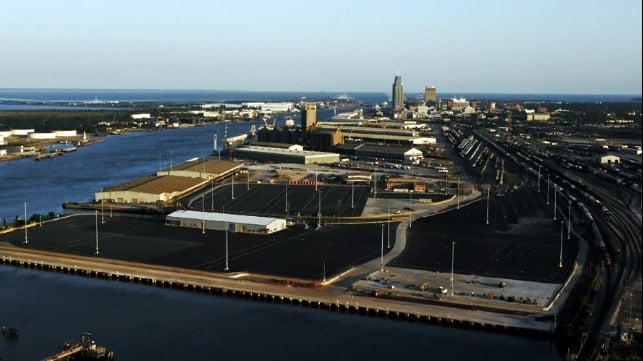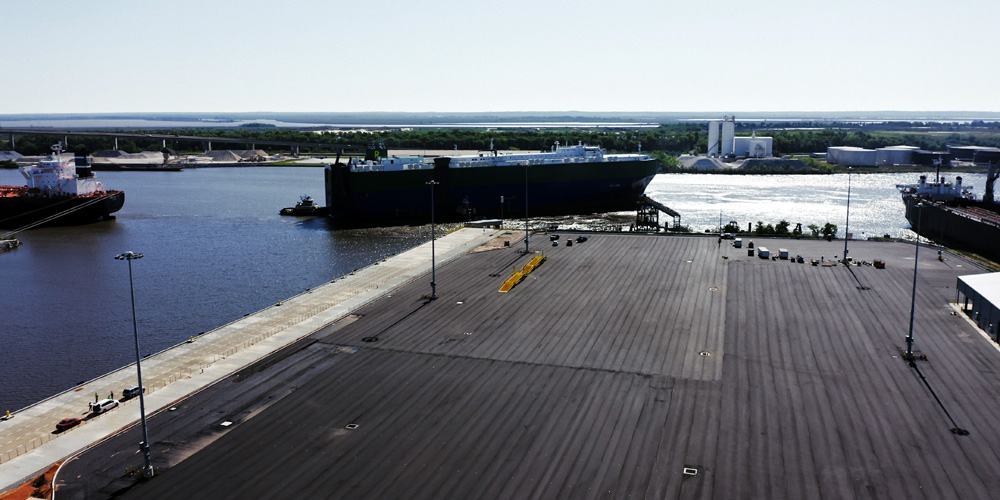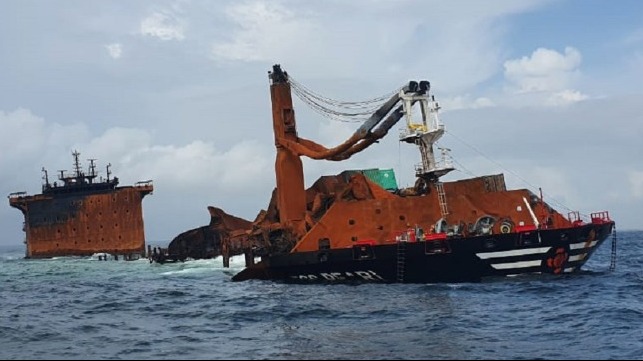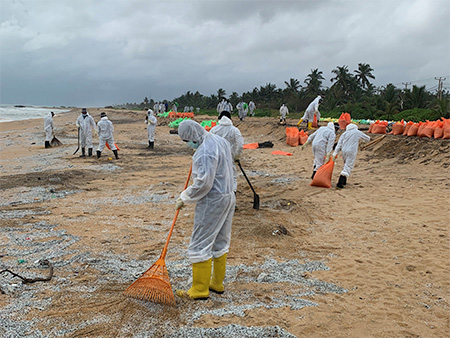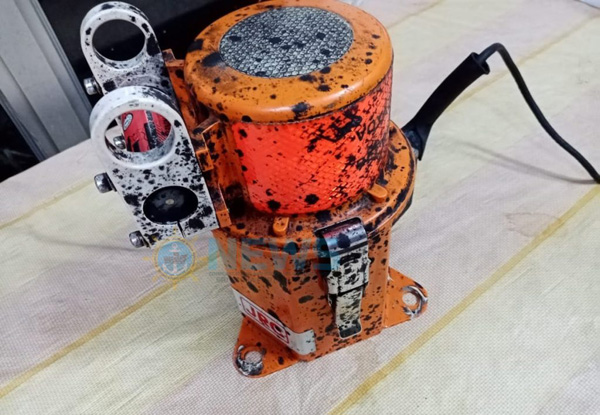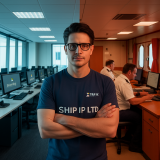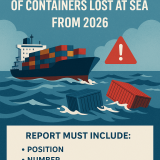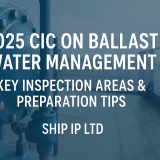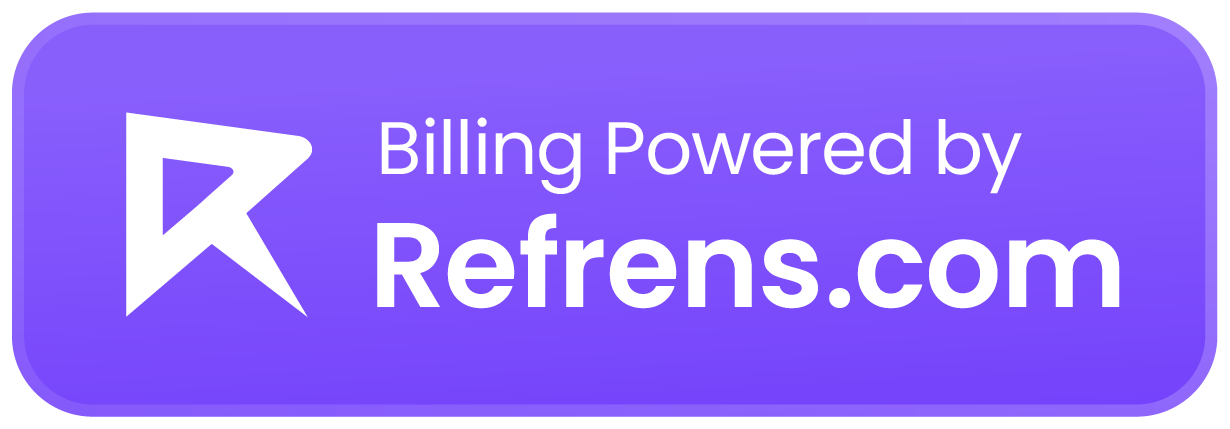BAL Container Line, a privately owned China-based carrier, has become the latest entrant into the Transpacific and Asia-Europe lanes, attracted by the unprecedented hike in freight rates.
BAL completed its maiden Transpacific voyage when its chartered 2,190TEU vessel, Queen Esther, arrived in Los Angeles on 10 June, after departing from Ningbo-Zhoushan Port on 26 May.
BAL has scheduled more transpacific sailings in the next weeks with chartered feeders departing from different ports in China and arriving at the Port of Los Angeles.
Based in Qingdao in China’s Shandong province, BAL was incorporated in August 2012 and is a subsidiary of Shandong Lcang International Logistics, which is owned by Chinese businessman Xu Xin. BAL commercially manages five group-owned feeder vessels that are chartered out to other operators.
Prior to venturing into the Transpacific and Asia-Europe lanes, BAL offered shipping services by purchasing slots on Emirates Shipping Line’s GALEX service, which serves the East Asia-Persian Gulf route and Sinokor Merchant Marine’s CSC service, which serves the China-India route.
In May, the intra-Asia line, BAL did an one-off Asia-Europe service, with A Daisen sailing from Shanghai and Ningbo-Zhoushan to Rotterdam. Another one-off Asia-Europe sailing was launched on 5 June, when the 1,206TEU BAL Peace commenced its voyage from Ningbo-Zhoushan and Da Chan Bay and is scheduled to arrive in Zeebrugge and Rotterdam on 5 and 8 July, respectively.
“Currently, Asia-Europe container shipping market is challenging to shippers, who are facing high freight costs and an equipment shortage. We decided to use our own ships to increase the capacity of China-Europe routes, and solve our customers’ difficulties,” said Xu in an interview on Chinese television.
Soaring freight rates on the Transpacific and Asia-Europe rates have recently lured liner operators such as Wan Hai Lines and China United Lines, which were primarily intra-Asia carriers, to start solo services on these trades.
SOURCE READ THE FULL ARTICLE

